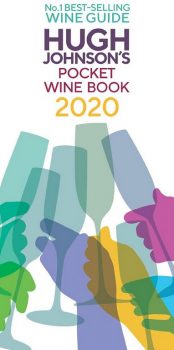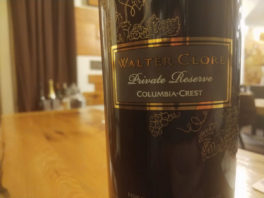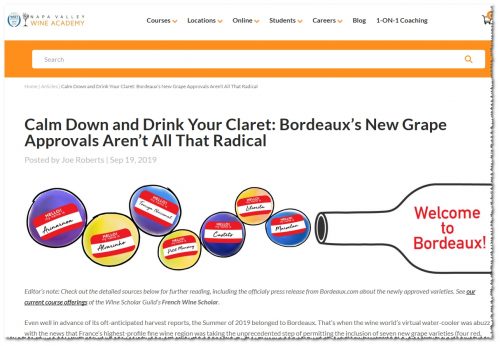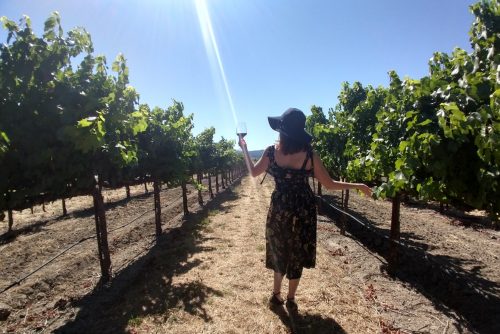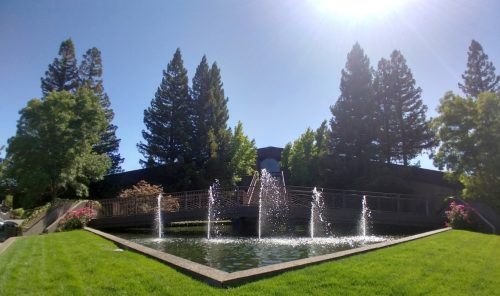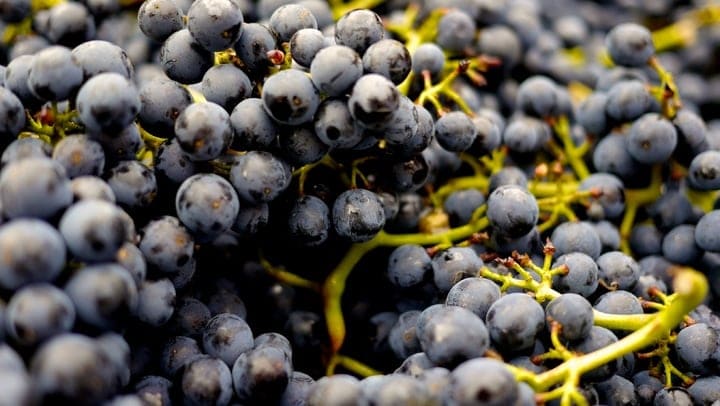
Philly Wine
Specialists Vs Generalists in PA Wine
Back in the day, if you wanted to be a winemaker, there were two career trajectories. You could either become a generalist or become a specialist. That meant either working for a big-brand like Gallo or a boutique winery. In California, if you opted to become a specialist, you had a second choice to make: are you going to spend your career focused on Cabernet Sauvignon or Pinot Noir?
This made sense in West Coast wine country, where the climate is a sunnier version of either Bordeaux or Burgundy.
That choice doesn’t make sense for the East Coast, as our climate is not remotely similar to Bordeaux or Burgundy, even if we are on the same latitude. Nearly all winemakers on the East Coast are generalists: we don’t yet have a lock on the ideal grapes yet. What we do know is that neither Pinot Noir nor Cabernet Sauvignon are going to be the superstars of the East Coast.
There are grapes that already do very well on the East Coast, and more to discover. Let’s find the first great Philly wine!
Looking To Europe
If you look at a wine map of either France or Italy, they look like half-eaten slices of Funfetti cake. There are hundreds of wine regions sprinkled throughout each country, and in each region, a small but distinctive set of delicious wine grapes. After centuries of growing grapes, the winemakers of each region become specialists. After generations, they sorted out what grew best in their plots of land. Unlike here in the states, only the tiniest percentage of these regions grow Cab or Pinot.
Will there be an East Coast superstar? There is no doubt that we will discover the best grapes to grow on our coast. I look forward to the time when we become as specialized as Europe, with each town and county having their own specialties. Fortunately, we have a good deal of science and data to show us the way,.
Adventure Time with the Philly Wine Geeks
With the right data, we can hone in on the European wine regions most similar to the East Coast. From there we can extrapolate what grapes would thrive in our soils. To get this right, we need four sets of data: we need to find a wine region with a similar climate, humidity, sunshine, and soil acidity.
In this article, I am focusing on the wine regions around Philly, since that is where the Wine School is located. This work can be done for any wine region on the East Coast. Links are included at the bottom of this article if you want do do your own deep dive into local wine.
Köppen Climate Classification
The world relies on agriculture, and a lot of research has gone into mapping the world’s climates. The result is the very detailed Köppen database, which integrates climate research with satellite mapping. We are at a classification crossroads in Philly. South of Philadelphia, the East Coast is classified as a “Humid Subtropical Climate.” North and west of Philly, up to Boston, is labeled as mostly “Humid Continental Hot Summers With Year Around Precipitation”
There are only a few European wine regions that fit the bill. Of the three major European wine countries (France, Spain, and Italy) only Northern Italy is categorized as a Philly-esque “Humid Subtropical Climate.” Plus, the regions north and west of Philly fall into the same classification as wine regions in Germany and Austria.
Weather Patterns
Along with Köppen, we can hone in on the goldilocks zone by tracking the average monthly temperature. The DNA of every type of wine grape has evolved to ripen under specific weather patterns. Some grapes like a cool summer and warm fall. Others love a hot hummer and a cold spring.
Since what we want are ripe, delicious fruit, we need a climate match of 98% or better . From NYC to Washington DC, the East Coast is a near-perfect match for Northern Italy, with less than a 2% variation. The only major difference is the diurnal temperature shifts: many grapes do better with cooler nights. That said, higher elevation plantings or near the coast could address this issue.
Rainfall
The East Coast is a rainy mess and we all know it. We need to find grapes that can handle up to four inches of rain, on average, during both September and October. That narrows the playing field, as well. Most wine regions rain less than an inch during harvest. As a rule, rain during harvest often means bruised, moldy, and bloated grapes. Once again, Northern Italy fits the bill. This is looking good!
Relative Humidity
Humidity is the worst. Everyone hates it except for molds and bacteria: they freaking love it. It doesn’t take a Master Sommelier (although to be honest, this isn’t covered in the Master Sommelier exam), to know that mold on fruit is a really bad thing. We need grapes adapted to a region with a similar level of humidity, otherwise, the vineyards are going to be ripped out faster than you can say “WTF is Odium?”
In Philly and much of the East Coast, the humidity levels are nasty during the summers. Average levels range between 66 and 75% in August. If you’re from here, you know Philly gets thick and greasy in the summertime. With humidity and rainfall, we can narrow down our search to the Northwest region of Italy, specifically Piedmont. It sports an average humidity of 75%.
Average Sunshine
Heat may be important for ripeness, but not nearly as important as sunshine. It’s all about photosynthesis, baby. If you ever try and grow grapes –or any type of fruit– you’ll soon realize that it doesn’t matter how hot it is, if the fruit don’t get at least 8 hours of direct sunlight, your future ain’t going to be sweet. As a rule, we need at least 2500 hours of sunshine during the growing season to match Piedmonte, and we do.
Soil pH & Drainage
Sommeliers love to talk about dirt in relation to the concept of terroir. Here’s the dictionary definition:
the complete natural environment in which a particular wine is produced, including factors such as the soil, topography, and climate.
-
the characteristic taste and flavor imparted to a wine by the environment in which it is produced.noun: goût de terroir; plural noun: goût de terroirs
If you’ve taken a class at the wine school, you know we find most claims of terroir highly suspect. As I have told many a class of fledgling sommeliers: “terroir is often bullshit!”.
Soils aren’t magic. They have two jobs: control drainage and help in nutrient intake. Like many plants, grapevines need soils that drain well, as their roots don’t perform well in damp (mesic) topsoils. This means having subsoils that allow water to pass through into the rock fragment layer just above the bedrock. Vines perform well in soils with limited nutrients, but they need to be able to absorb calcium, phosphorus, and magnesium. The more acidic the soil, the less of these nutrients are available to the grapevine.
Viticulture textbooks give the optimal pH for grapevines as between 5.5 and 6.5 pH. Large segments of the Northwest coast are within that range. On the east coast, it’s a different situation. Below Philadelphia, much of the soils are too alkaline. Soils become more acidic north of Philly, but really only get into the 5.5 pH range up in Portland, Maine. Heading inland, there is a band of well-balanced soils from Roanoke, Virginia to Allentown, Pennsylvania.
So, what happens when soil is too alkaline? The grapevines take up too many nutrients, which they can’t process fast enough. As with so many things in life: too much of a good thing will kill you. But here’s the rub, kiddos: the opposite is true for most of Europe’s wine region. Their soils are often too acidic for grapevines to thrive.
Of all the elements that affect vine health and growth, soil chemistry is one of the most important, but also the easiest to alter. It’s something farmers have been doing for centuries. Amending soils with lime is an environmentally sound and inexpensive way to increase the pH of our vineyards.
What We Should Be Growing (and Drinking) on the East Coast
In the end, the data shows there are actually four wine regions in goldilock zones, each very similar to the East Coast’s overall climate. They are located in Iran, Austria, Georgia (the country) along with Northwest Italy.
While the thought of Iranian wine sounds crazy, it really isn’t: the Persians were some of the first vignerons in the world. There is evidence of wine being made 7,000 years ago. Sadly, this is a dead end: we don’t know what varietals the Persians grew. And even if we did, they are probably extinct. Georgia proves to be a better candidate. An ancient wine region as well, they continue to grow their native varietals, and some of them are excellent. This includes the white grapes Kisi, Khikhvi, and Krakhuna. For reds, Saperavi and Shavkapito are the stand-outs.
Austrian grapes that are candidates include the white grapes Grüner Veltliner and Riesling, for reds Zweigelt and Blaufrankisch are the most exciting.
It is very exciting that our climate is so closely aligned with Piedmont. This is the home of some of the greatest wines in the world, The grapes that may have great potential on the East Coast are all reds: Nebbiolo (of Barolo fame) Barbera, Bonarda di Chieri, and Freisa. Grapes from other parts of Northern Italy work may work as well, including Corvina (of Amarone fame) and Teroldego.
Wine to Try Right Now
While much of this article is theoretical (for now), there are a few of these varietals being made right now. And they are delicious!
- Fero Vineyards & Winery 2017 Saperavi (PA)
- Mazza Vineyards 2017 Teroldego (PA)
- Presque Isle Wine Cellars 2018 Grüner Veltliner (PA)
- Galen Glen Winery 2018 Riesling (PA)
- Barboursville 2014 Nebbiolo (VA)
- Va La Vineyards “Cedar” Nebbiolo (PA)
- Channing Daughter 2016 Blaufrankisch (NY)
FOOTNOTES
Köppen Climate Classification. Here’s the data on the United States and Europe.
Weather Patterns. A great resource for identifying regions with similar climates. http://www.codeminders.com/weather_similarity/
Mean Relative Humidity. For month to month maps of humidity in the USA, check out EldoraoWeather.com For a quick breakdown of humidity, this article on Forbes is a great place to start. For humidity data in Europe: https://weather-and-climate.com
Soil Chemistry. For detailed analysis, check out SoilGrids. It’s catnip for soil geeks.
The post The Case for Philly Wine appeared first on Wine School of Philadelphia.
source
https://www.vinology.com/philadelphia-wine/
